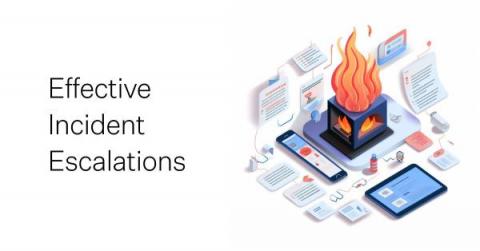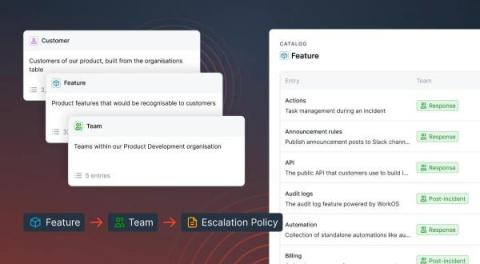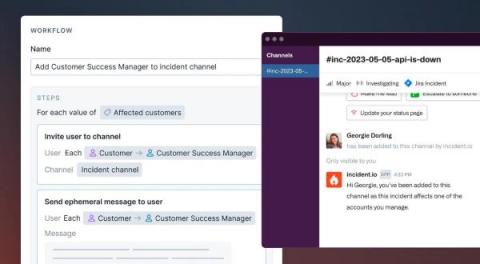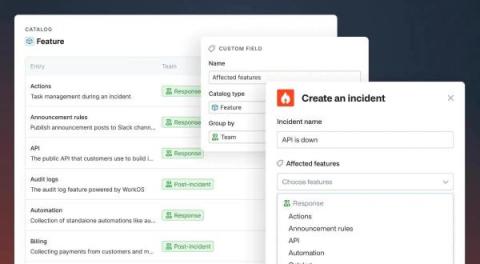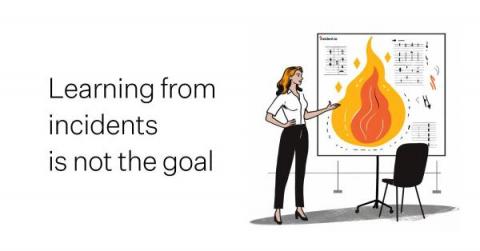Catalog vs. Thanos: Who came out on top?
Catalog is really, really powerful. To prove it, our latest product went up against the almighty Thanos and won decisively. Don’t believe us? Just look at how unscathed Catalog was once the dust settled: All jokes aside, we spent months building out what, we think, is one of the most capable products on the market today. Designed to be a map of everything that exists in your organization Catalog can meaningfully help you level up your incident response.



